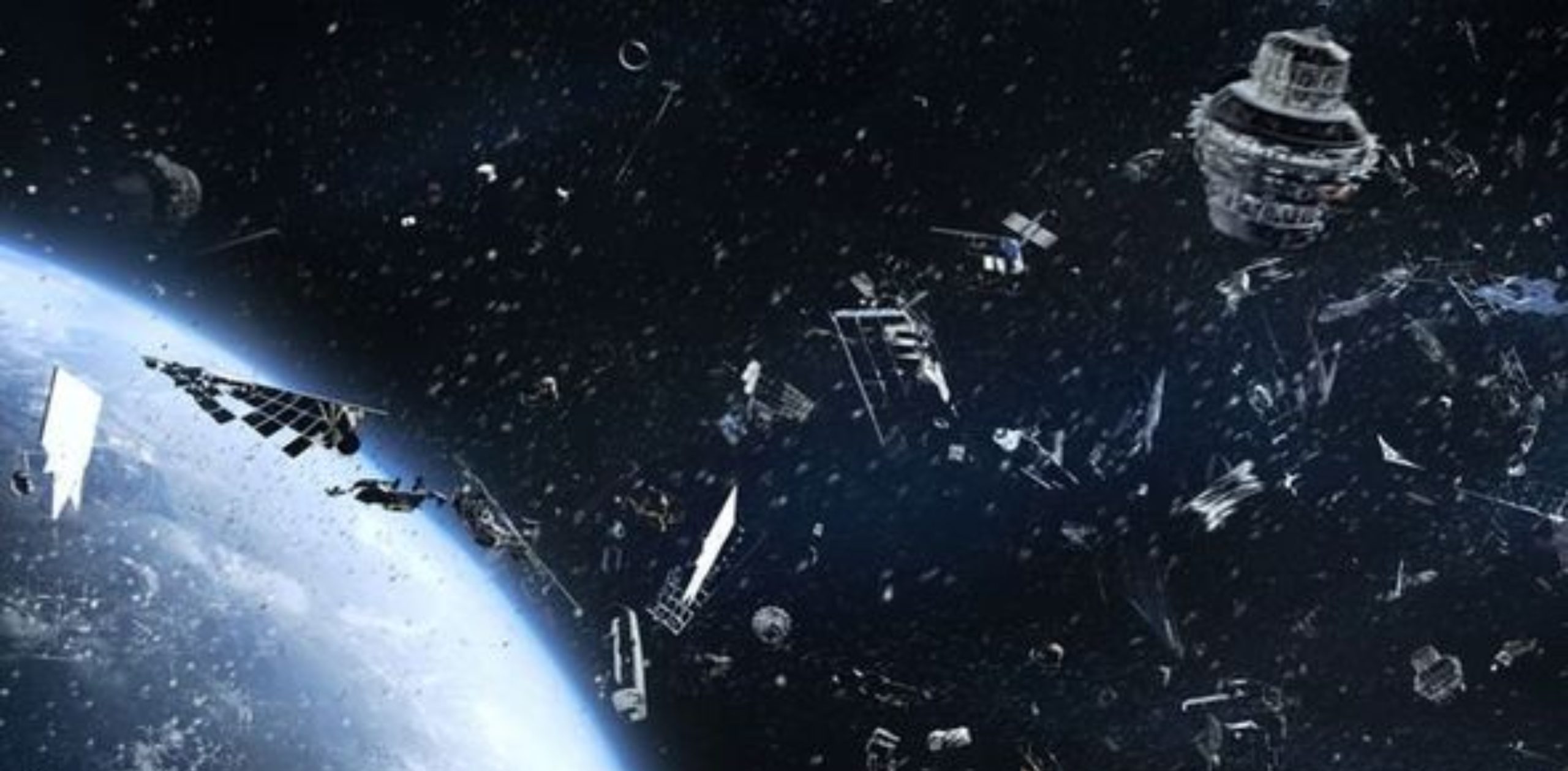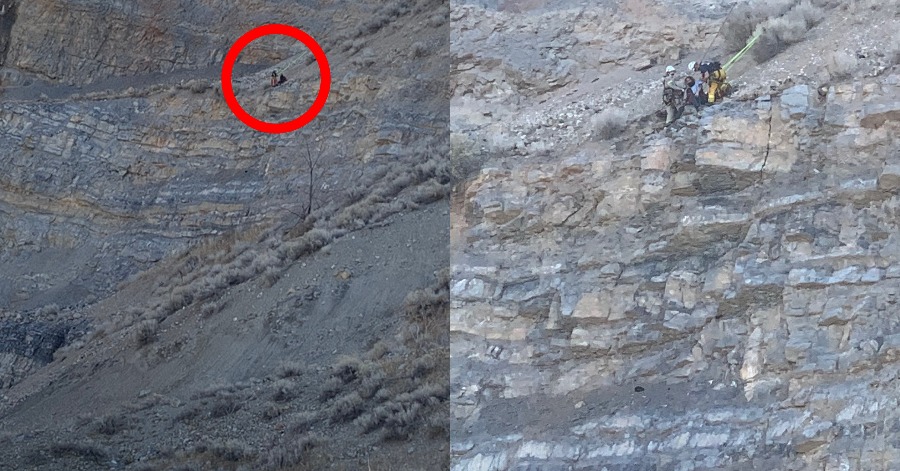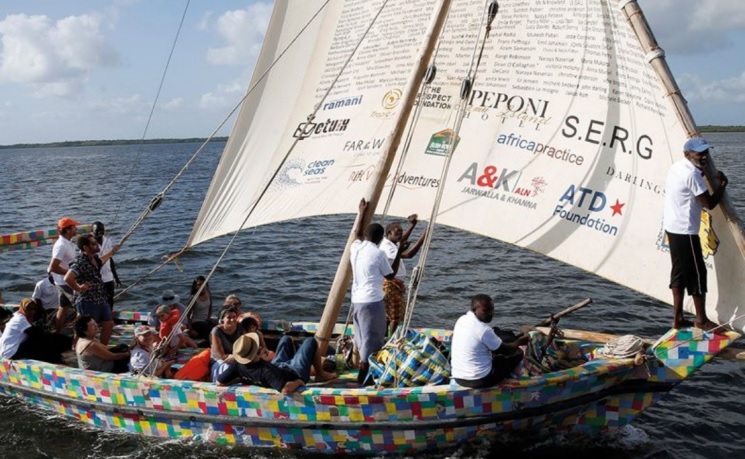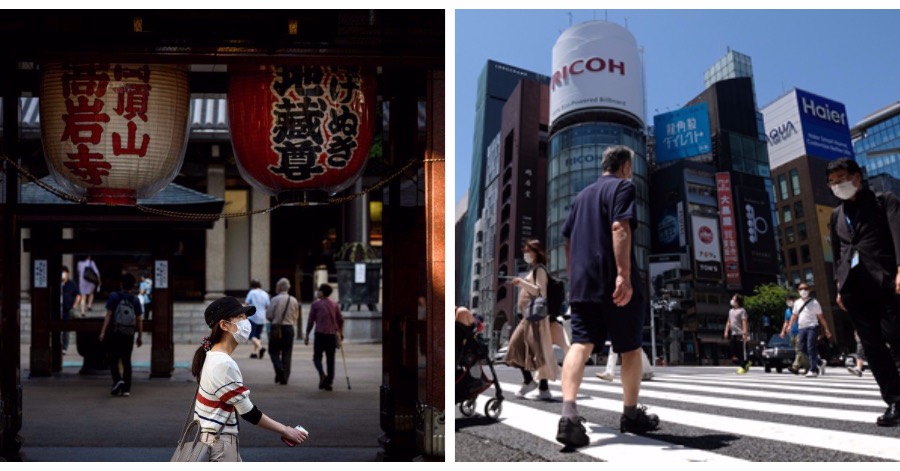In an attempt to minimize space trash, Japan would be creating the world’s first wooden satellites that will burn up as they fall back to Earth without contaminating toxic pollutants into the atmosphere.
Sumitomo Forestry, a wood processing firm headquartered in Japan, said they have started research on an ideal space wood material and will conduct research in collaboration with Kyoto University and test the material on earth in intense environments. They said the satellite could be ready by 2023.
The alliance says that the space debris issue will inevitably impact the earth’s atmosphere. Taka Doi, an astronaut and professor at Kyoto University, quoted by the BBC, said: “We are very concerned with the fact that all the satellites which re-enter the Earth’s atmosphere burn and create tiny alumina particles which will float in the upper atmosphere for many years.”
Without raining garbage on the soil, the wooden satellites will burn up on re-entry into orbit.
According to NASA, space debris, also referred to as space waste, consists of human-generated objects, such as fragments of spacecraft, tiny flecks of spacecraft paint, bits of missiles, satellites that no longer function, or explosions of objects in orbit traveling about at high speeds in space.
As of October 2019, approximately 20,000 artificial objects in orbit above the Earth have been identified by the US space monitoring network, including 2,218 operating satellites.
Experts also cautioned that growing the number of space satellites demands further attempts to manage the issue of space junk from all countries. In order to gain worldwide satellite internet reach, many corporations such as SpaceX and Amazon aim to launch thousands of satellites.
In October this year, in what scientists said may have been a ‘high-risk’ scenario, two large bits of space debris almost collided with each other.
The two objects were a defunct Russian navigation satellite launched in 1989 and a spent Chinese rocket portion from a 2009 launch, according to National Geographic, and if they had collided, the smashup would have created a cloud of debris that would for decades jeopardize other satellites and spacecraft.
Source: Independent









Leave a Comment